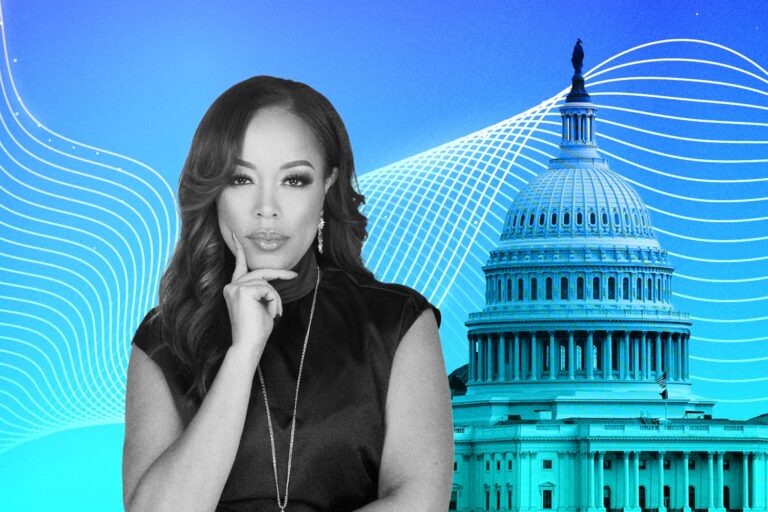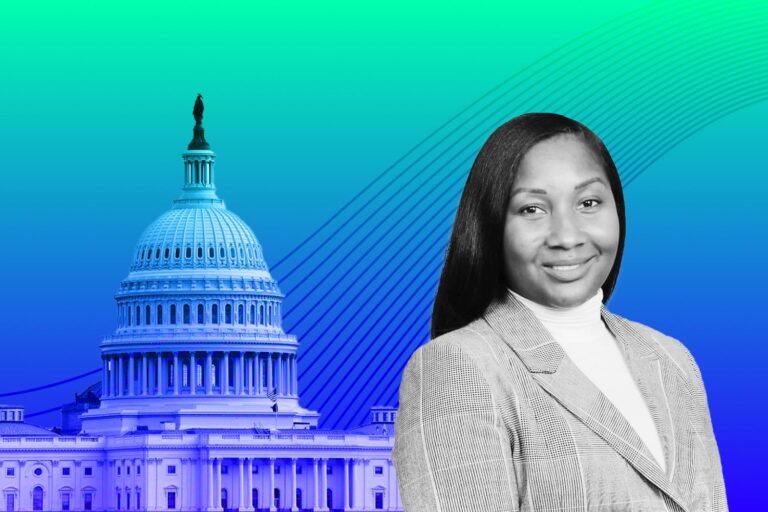Trump Administration “Eyes” a TikTok Ban Amid Regulatory & Privacy Concerns
Beyond any doubt, 2020 has been a year of chaos, uncertainty, and grief, with the first half characterized by reeling global pandemic, record unemployment, social distancing, nationwide protests, and so on. Through it all though, there’s been TikTok – an app providing moments of levity and new dance crazes – that witnessed meteoric rise with record-breaking 2 billion all-time global downloads in a single quarter.
In just a few years of its inception, TikTok has become a staple of internet culture and social interaction for Generation Z. Thanks to its flurry of short-form videos where users participate in viral challenges, lip-sync, music dances, comedic skits, among other things, the app has seen a surge in popularity in the last several months as countries were placed under lockdown orders and people continue to adjust to life indoors.
Nevertheless, TikTok’s rise into the mainstream – especially in the US – has also resulted in more extensive scrutiny from governmental agencies. The national security and privacy concerns do linger and US lawmakers now eye a TikTok ban!
TikTok & Its Incredible Rise
Before diving into the particulars, let’s cast a quick glimpse over TikTok, its history as well as the wildly growing popularity.
For the first introduction, TikTok emerges as the most downloaded app of 2020. Since its global release less than two years ago, TikTok and its Chinese counterpart, Douyin, have amassed whoppingly 800 million monthly active users, more than Reddit, Snapchat or Twitter. Its parent company, the colossal Chinese company ByteDance, is also considered the most valuable startup in the world.
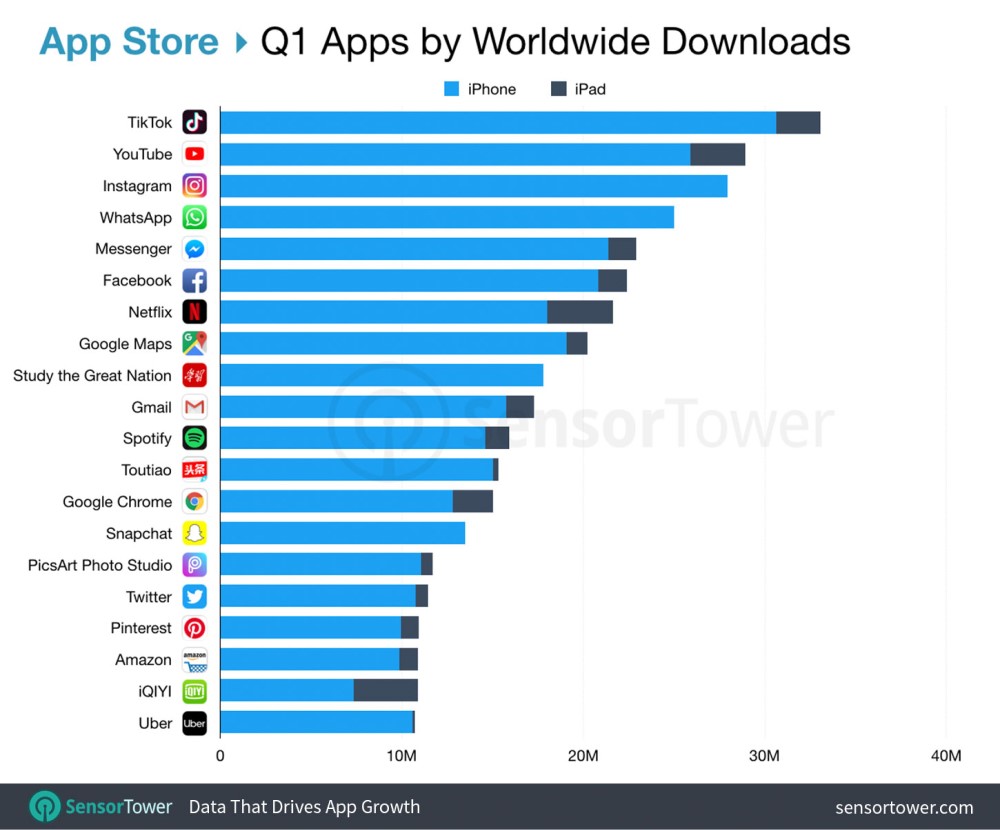
Since millions scramble for social connection amidst quarantines, more and more users of all ages are hopping aboard. As Ariel Martin, the content writer of TikTok shared, “we’re all just kind of going through the same thing together. And we happen to be documenting it all through TikTok.”
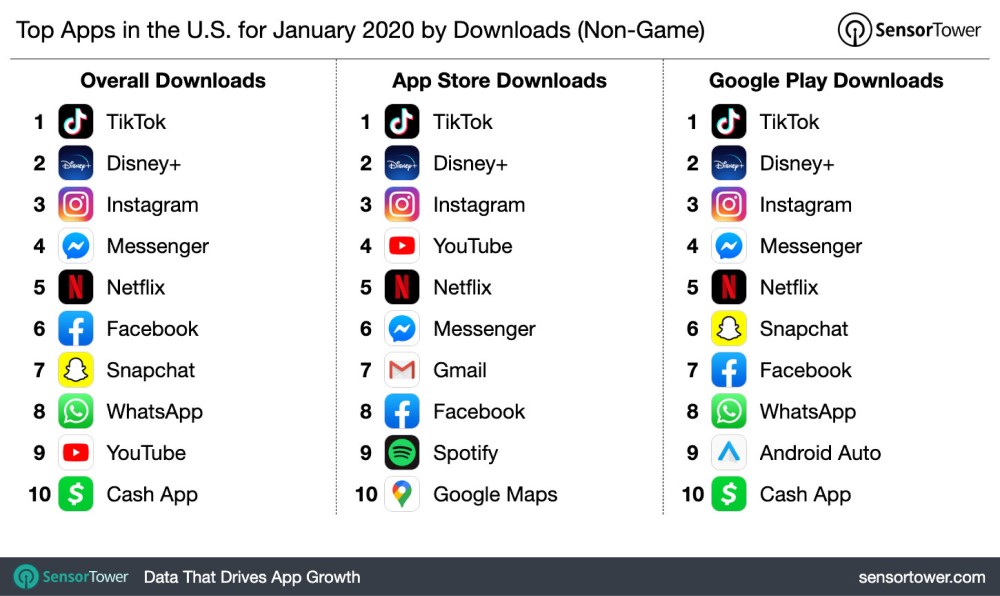
TikTok’s History
So, tracing back to the early days of this incredibly popular short-form video-sharing app, it’s essential to note that TikTok didn’t start as TikTok – its predecessor was an app called Musical.ly. Founded in 2014 by Alex Zhu and Louis Yang, Musical.ly provided a platform where users could create and share 15-second videos set to a song of their choice. The content mostly involved lip-syncing and dancing, and it took off quickly among preteens and teens in the U.S. This app was built around the fact that there was music that was licensed to be used on the platform. Actually, this was something that Musical.ly decided really to invest in because they knew that music and sharing music was inherently social.
By July 2015, a year after its launch, the app hit the No. 1 spot in the App Store and never left the charts. From Musical.ly, a new generation of stars was created, including Jacob Sartorius. It continued to grow and was bought by the Beijing-based startup ByteDance for one billion dollars in 2017. ByteDance already owned Tik Tok, a similar video sharing platform, and decided to merge the two apps less than a year later. For the time being, TikTok’s main office is in Los Angeles, California – in essence, they’re an American startup that is subsidized by a successful Chinese tech company.
As the app has grown, it has given rise to a whole new pack of social media celebrities. In practice, content is public by default on TikTok, and the algorithm that determines what appears on a user’s home page gives every creator the chance to put their video in front of millions.
“Really what we saw was a different style of humor. It wasn’t the sketches that you saw on Vine, and it wasn’t longer-form YouTube videos. It was meme culture or like the general public’s take on a meme. What I enjoyed about it is there was some deeper humor in there if you were paying attention to the trends that were happening,” said Zach King, the Content Creator of TikTok.
It’s exciting that several of the most followed TikTok users are in their teens, and lip-syncing and dancing remain wildly popular. “So, I originally started when I was 14 years old, and so I started using my facial expressions and hand motions to make these like larger than life lip sync videos. And as I grew up, I think the app also grew up. Now there’s so much more that you can do.” Whereas Ariel Martin has found her keen interest in dancing and lifestyle content, “there’s like creators who are huge when it comes to comedy, some still do lip-syncing, some cooking videos, tutorials. You can do whatever you want as long as it’s fun, it’s quick and it catches people’s eye.”
TikTok’s Meteoric Rise
During the period of social distancing, stay-at-home orders have propelled the app’s rapid growth in the United States. Actually, it added more than 12 million US unique visitors in March, reaching 52.2 million, according to data provided to us by Comscore. Between January and March, its US unique visitor count rose staggeringly over 48%.
TikTok has been on a growth spurt for several months, even before the COVID-19 pandemic. As of October 2019, the app and websites combined welcomed roughly 27 million unique visitors, with the app alone accounting for 18.6 million. But the month-to-month growth between February and March was particularly notable in comparison with previous monthly gains.
Furthermore, “people in the U.S. spent more time on TikTok than Instagram users spent on Instagram or Snapchat users spent on Snapchat in the month of March,” up to Debra Aho Williamson, the principal analyst of Insider Intelligence. That’s a big deal since Snap and Instagram are two of the app’s main competitors. They’re all extremely popular among young users, but in the U.S. at least, TikTok still has some catching up to do.
“We estimate that this year, TikTok will have 45 million users. But Instagram, we’re estimating will have over 110 million and Snapchat will have 85 million users.” Yet, TikTok is also huge abroad, especially in India and China. In China, this operates as a technically separate but very similar app called Douyin; and in the first quarter of 2020, TikTok and Douyin were downloaded 315 million times globally, a 68 percent increase over the previous year. In April, the company reached two billion overall downloads. Whereas India is by far the app’s largest market when it comes to downloads, accounting for 30.3 percent of the total, China is definitely the largest from a revenue standpoint, accounting for approximately 72 percent of total spending on the app.
When it comes to the U.S. market, it is third in terms of downloads and second in terms of revenue – and its influence and growth potential continue to expand. Particularly, viral dances and memes have driven a myriad of songs to the top of the U.S. charts, most famously, Old Town Road in 2019. And now the moms, dads, and siblings of the TikTok obsessed have started to engage in the trends as well, learning dances as well as performing challenges together.
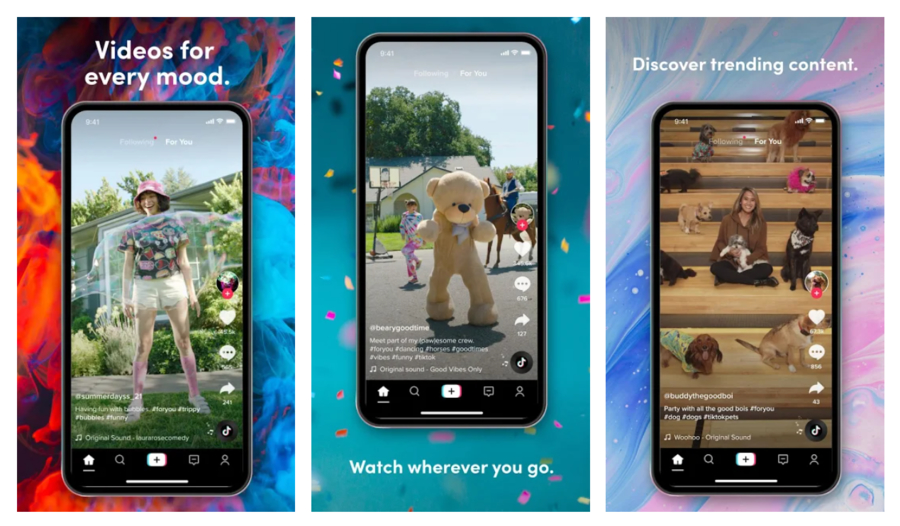
TikTok’s Monetization Strategies
So, as regards its strategy, so as to build out a sustainable revenue model, it’s experts’ advice that TikTok eventually needs to attract older users. “Advertisers are going after broader demographics and especially those with purchasing power,” stated Daniel Ives, the Managing Director, and Senior Equity Research Analyst at Wedbush Securities.
Nonetheless, it should be noted that TikTok is yet to be placed under immediate pressure to generate money. Its parent company ByteDance – gauged as the most valuable startup in the world – is valued at over 100 billion dollars and made three billion dollars in revenue last year. That’s because it owns a host of other, more profitable Chinese apps, most notably Douyin and a news aggregator called Toutiao.
From the standpoint of Julia Boorstin, a senior media and entertainment correspondent at CNBC, “TikTok’s revenue model is still very, very nascent. This is a company that has some advertising, we have some of the users starting to do sponsorships. But at the end of the day, this is a company with hundreds of millions of users here in the U.S. That’s still not making as much money as it could someday.”
Tiktok’s Regulatory & Privacy Concerns: The Trump Administration Now “Eyes” A Tiktok Ban
To put monetization aside, increasing public attention has recently been directed at the regulatory and privacy concerns facing the app, which stem from its Chinese ownership as well as its popularity among children.
“It’s never been the case that so many Americans are putting so much of their visual data in the hands of a Chinese company. And as we know, the relationship between the Chinese government and Chinese corporations is a pretty tight one.”
Whilst the United States government has been laser-focused on removing Chinese hardware manufacturers from the US market – including Huawei and ZTE, the focus now seems to be shifted to Chinese social media apps. “We are taking this very seriously. We are certainly looking at it … With respect to Chinese apps on peoples’ cellphones, the United States will get this one right too,” Pompeo stated.
On June 30, the Federal Communications Commission announced that both Huawei and ZTE had been designated as national security threats. TikTok seems to be next on the list, as when asked by Fox News if Americans should use the app, Pompeo said, “Only if you want your private information in the hands of the Chinese Communist Party.”
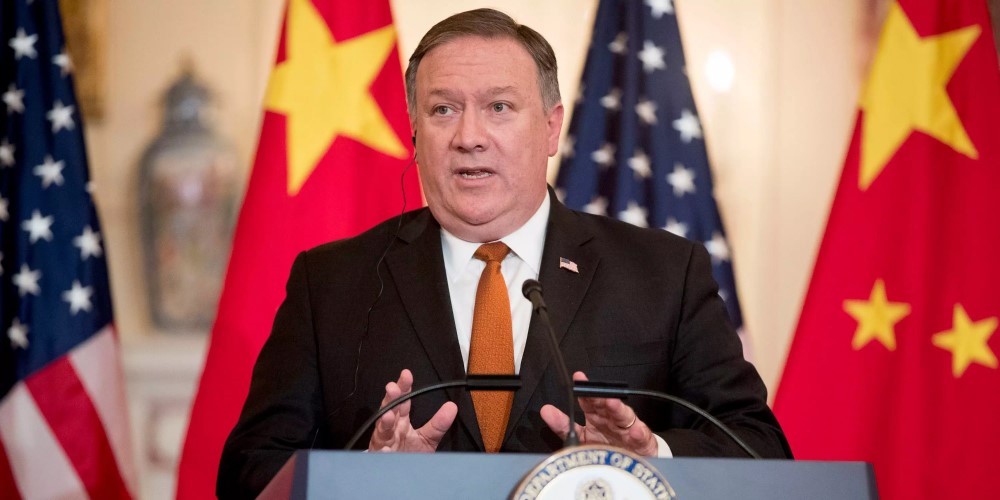
In response to Pompeo’s remarks, a TikTok spokesperson said, “TikTok is led by an American CEO, with hundreds of employees and key leaders across safety, security, product, and public policy here in the U.S. We have no higher priority than promoting a safe and secure app experience for our users. We have never provided user data to the Chinese government, nor would we do so if asked.” Besides, this video-sharing app claims all American user’s data is stored on servers located within the US and backed up in Singapore. Apparently, none of the data centers it uses are located within China or subject to Chinese law. As the BBC reports, the video-sharing service has also taken the decision to exit Hong Kong following the introduction of a new security law imposed by the Chinese government.
Notwithstanding that, several security experts remain skeptical – and in fact, a plethora of incidents over the years have provided ample reason for worry. An investigation by The Guardian last September revealed that TikTok moderators were instructed to censor videos related to Tiananmen Square, Tibetan independence, the banned religious group Falun Gong, and other content deemed sensitive by the Chinese government. Although the company insisted that these guidelines had been phased out by the time of the investigation, it still spurred the Federal Committee on Foreign Investment in the United States to open an ongoing review into ByteDance’s acquisition of Musical.ly.
“It seems unlikely that ByteDance would be forced to divest itself of what was Musical.ly, now is TikTok. But I do think that this all speaks to the great amount of concern and oversight over this app that’s gone from a tiny little thing to this huge powerhouse,” shared Julia Boorstin.
Furthermore, most recently, the app received criticism for what it said was a technical glitch, in which post tagged with #BlackLivesMatter and #GeorgeFloyd appeared to have zero views when they actually have over two billion.
Additionally, TikTok was recently caught accessing user clipboard data when running in the background, potentially exposing passwords or other sensitive data. The behavior was revealed because of a new feature in iOS 14, and it’s unclear as to how long it had been present in the app. While it then had submitted an update to the App Store to remove the feature, which it described as an “anti-spam” measure, the privacy scare did underscore the long-standing privacy concerns over the app.
In the past, both India and Indonesia have instituted brief bans on this app due to concerns over inappropriate content such as violence and pornography. And lastly, there are ongoing issues regarding children’s privacy – users under 13 are technically not allowed on TikTok, but there’s not much really preventing them from signing up. In February 2019, ByteDance paid around 5.7 million dollars to the FTC to settle charges that it was illegally collecting children’s personal information, which included names, email addresses, videos, and other personal information from users under the age of 13 without a parent’s consent. This then prompted the U.K. to conduct its own investigation into the matter.
TikTok did say that it would commit to making changes, but in May 2020 a coalition of consumer groups filed a complaint stating that TikTok had not kept its promises. With all these troubles, it’s all undoubtedly a lot for the new CEO Kevin Mayer, the former Disney’s Head of Streaming – to inherit. However, given his background at Disney, some say he may be exactly the right person to address these concerns.
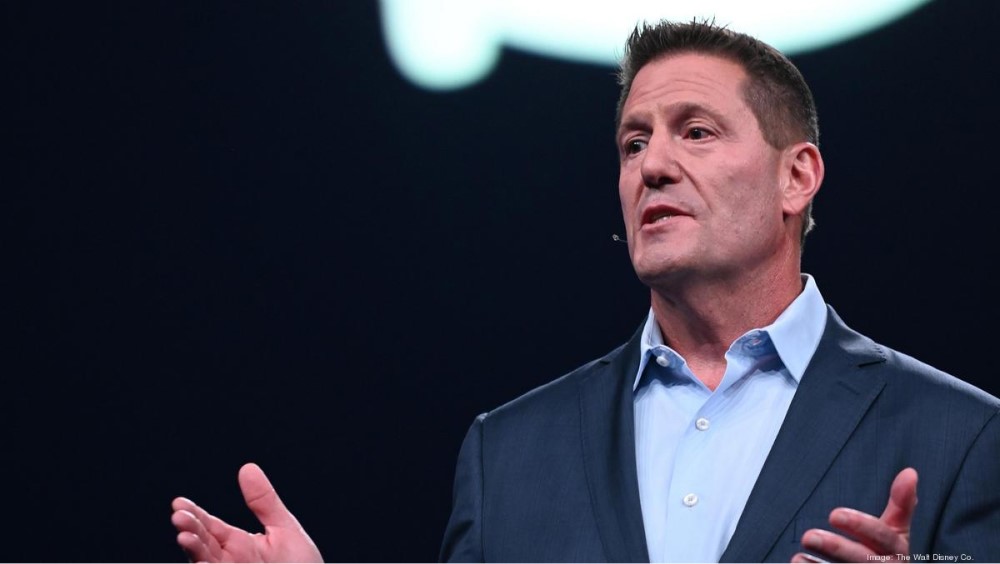
“So, he is someone who has experience dealing with regulation, dealing with oversight, and especially dealing with online security issues, which are certainly front of mind for TikTok as they navigate their relationship with the FTC.” Should the new CEO be able to secure the trust of U.S. consumers and investors, ByteDance could be well-positioned for an IPO in the next year or two.
Beyond that, experts forecast that TikTok’s long-term prospects depend upon its ability to keep users engaged while building out a sustainable monetization strategy. “YouTube could be seen as a model in the way that YouTube shares advertising revenue with its content creators.”
Interestingly, the new CEO Kevin Mayer’s background in streaming services also has both analysts and creators excited about what new forms of content may lie on the horizon. “I have been begging TikTok to get into the streaming game.”
Taking about the next proposed for TikTok to follow, “I think what’s next for TikTok is how they figure out how to make money, how they figure out how to create a home for advertisers, and how they make sure that content creators themselves want to stick around and don’t want to go jump off to whatever the next cool app is going to be.”
The Bottom Lines
Rather than just a passing trend, TikTok has rapidly become a key part of popular culture in the US, serving as a platform for viral memes as well as political satire and activism. However, the social network, buoyed by a surge in popularity during the pandemic lockdown, has found itself at the center of an international political row with lingering regulatory and privacy concerns and governmental agencies threatening action against the app. Its future, at least in the U.S. market, remains vague since claims about its security circulate.
You Might Also Like:






